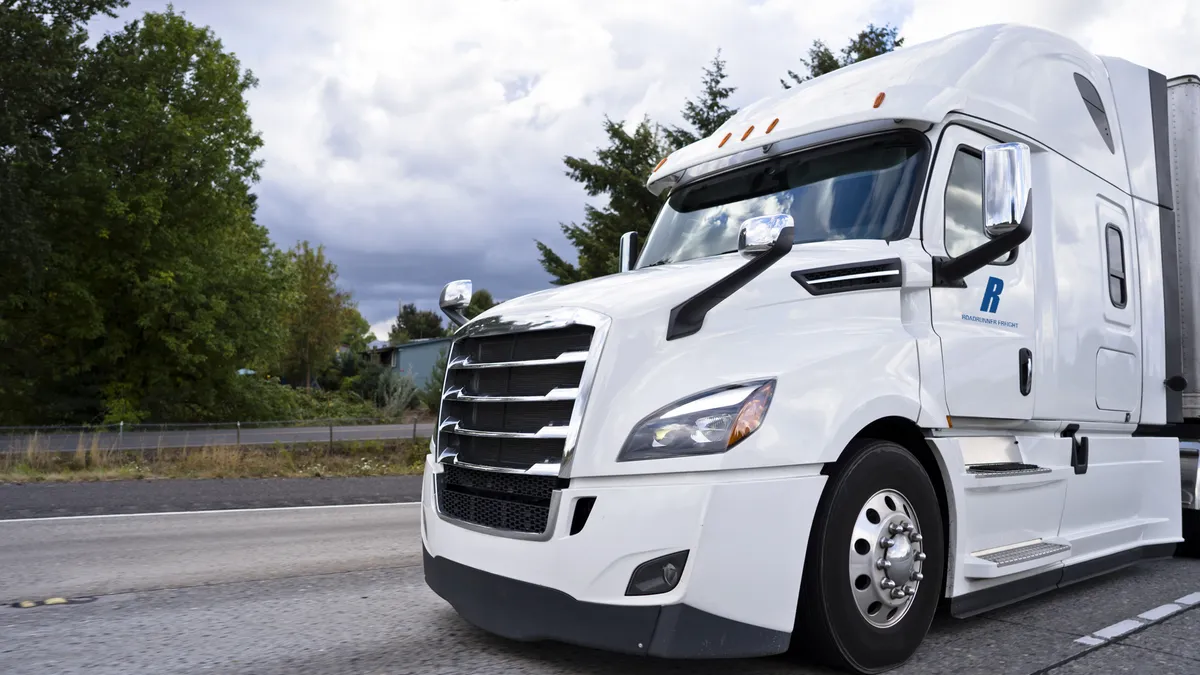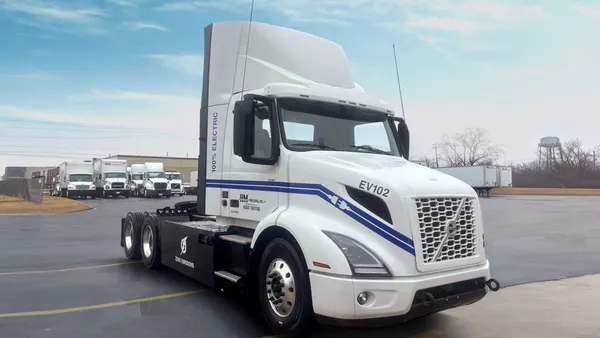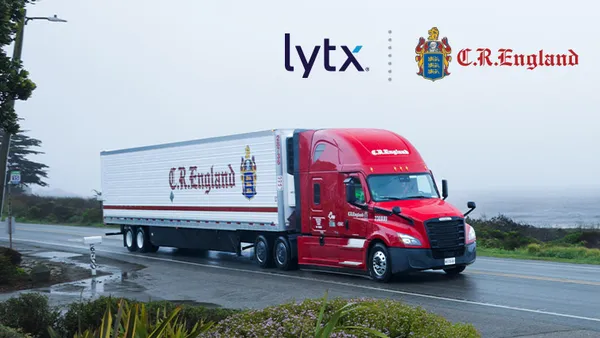Dive Brief:
- Labor costs for repair and maintenance increased 2.6% between Q1 and Q2, according to Decisiv's and the American Trucking Associations' Technology & Maintenance Council's North American Service Event Benchmark Report. Overall, cost of parts increased by 2.8% in the same time period, with tires increasing 10.7% and the cost of transmission parts rising 9%.
- But time between breakdowns is improving. TL carriers averaged 23,769 miles between breakdowns, up 8.8% from Q1, according to a survey by TMC and FleetNet America.
- LTL carriers bettered their performance by 4.1% from Q1 to Q2, increasing to 46,186 miles from 44,380 miles, according to the TMC/FleetNet America survey. The tank sector had a 4.7% improvement, running 18,241 miles in Q2, up from 17,420 in Q1.
Dive Insight:
Unscheduled maintenance and breakdowns have been a rising cost issue since early 2020, but now the issue of inflation appears to be rearing its head. Costs have been spiraling upward for quite some time.
In June 2020, FleetNet reported Q1 2020's cost for a mechanical repair was $491, 30% higher than repairs in Q4 2019.
The arrival of COVID-19 worsened the costs, not because the raw materials behind steel and rubber became more rare, but because the supply chain slowed at first and is now currently experiencing congested ports and backed-up orders.
Costs for actual parts are also going up, along with the labor costs associated with breakdowns and even regularly scheduled maintenance.
"The increases in costs for parts and labor reflect the changes taking place in the North American economy," said Dick Hyatt, Decisiv president and CEO. "Ongoing economic growth has led to a rise in freight volume and demand for carrying capacity. That is also being driven higher by the need to replenish supply chains that have been depleted due to manufacturing and distribution shutdowns during the pandemic."
Hyatt said increased transport demand pushed up vehicle mileage and usage.
The heavy parts, as well as the electrical parts, went up by doubles digits. Lighting systems increased 17.4% in Q2 from a year earlier, transmissions costs were up 16.4% in the same time frame, and brakes costs increased 11.1%.
Emily Hurst, manager of data and analytics at FleetNet, said fleets seeking to cut costs need to mimic the habits of the best-in-class fleets in the TL, LTL and tanker divisions.
Such habits could include reinforcement and better insulation put around electric wiring and lighting lines to prevent problems that put out lights.
The Decisiv/TMC North American Service Event Benchmark measures results in 7 million commercial vehicles operating in the United States and Canada, serviced by Decisiv’s SRM platform. The surveys on unscheduled maintenance and general costs were both released before TMC's fall meeting.













